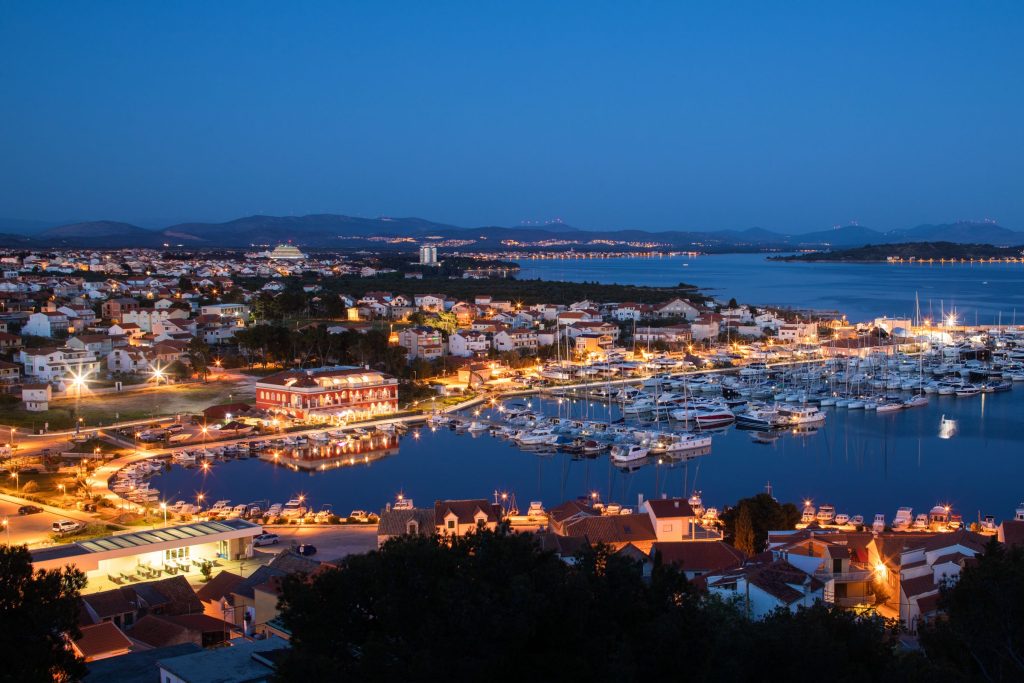As Novac/Marina Klepo writes on the 9th of August, 2020, in its new term, the Croatian Government has promised to dramatically cut red tape by abolishing the functions of deputy mayors, mayors and prefects, as well as abolishing Croatian municipalities that prove to be inactive.
Bearing in mind that there are 428 Croatian municipalities, 128 cities and 21 counties, about 650 deputies would be left without a job, and Croatian Government estimates say that this would save “at least 100 million kuna” per year. However, these announcements of local self-government reform are considered by many to be insufficiently ambitious, given the fact that the total number of employees in local self-government bodies stands at around 14 thousand.
Using artificial intelligence, Nikola Strahija, a member of the Glas Poduzetnika (Voice of the Entrepreneurs) Association, came to the conclusion that the abolition of financially unsustainable local self-government units would save at least one billion kuna a year. Some of them, he says, “don’t even have the basic things that residents need every day, and yet they have their own municipality and their own mayor.”
He added that Croatia has more than a hundred units that cannot function without being in receipt of state aid, and by merging them, enormous savings can be made. Economist Goran Šaravanja, however, recently published a text stating that the focus should not be mechanical cost cutting, but the main goal should instead be to make local governments more functional, which means assigning them clear tasks and expecting them to use money more rationally.
When it comes to the number of local units, the experience of EU countries shows that each of them have their own historical and geographical specifics. There are the fewest such units in Denmark, with only 98 municipalities and five regions, and in most other countries, in relation to the number of inhabitants, their number is much higher, especially in countries that have mountainous areas such as Croatia. Although mostly flat, like Denmark, Šaravanja states that Hungary, for example, has 3,177 municipalities, 23 major cities, plus Budapest and 19 regions, while Slovenia has 212 municipalities, and their number has increased by 300 percent since the declaration of Slovenian independence.
If the administration in Croatia is to be improved, and improved it absolutely must be, it isn’t enough to simply reduce the number of Croatian municipalities and all of the ins and outs that go with it, because local services must also be provided in more remote places. Therefore, a mere reduction in the number of local units doesn’t necessarily mean a reduction in administrative staff, nor does it automatically imply greater efficiency.
For more, follow our lifestyle section.










